Sawn Craft Micro F-16 User guide
Other Sawn Craft Toy manuals
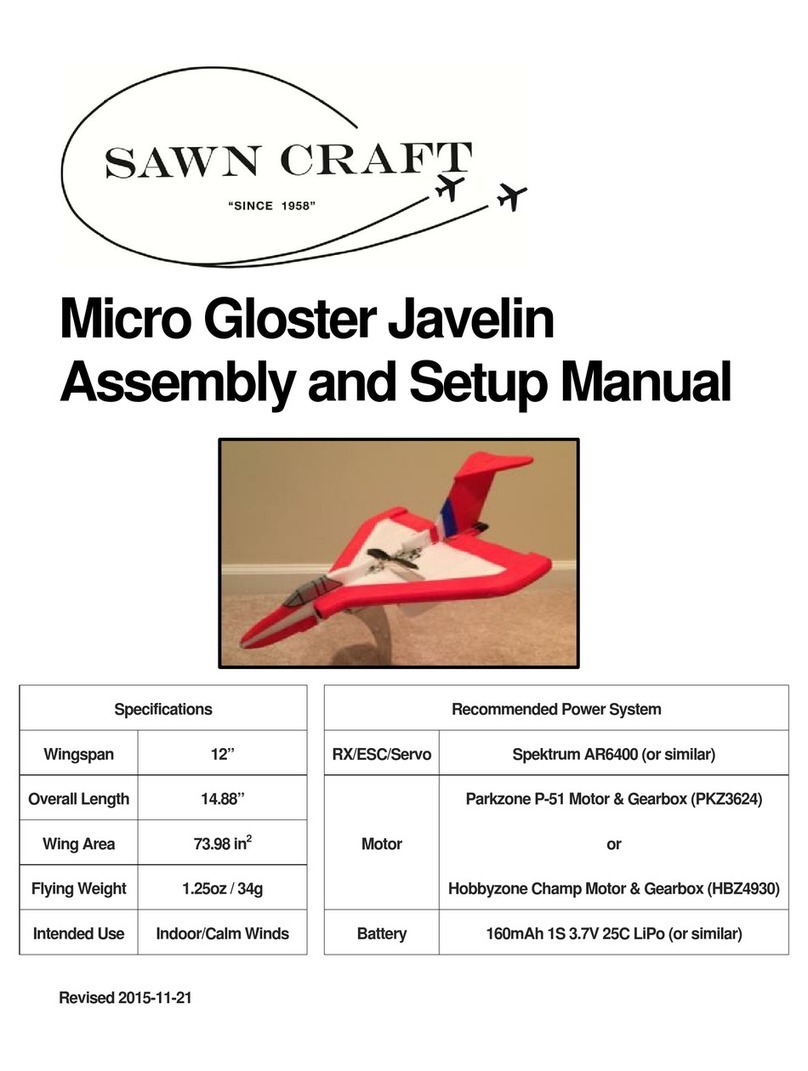
Sawn Craft
Sawn Craft Micro Gloster Javelin User guide
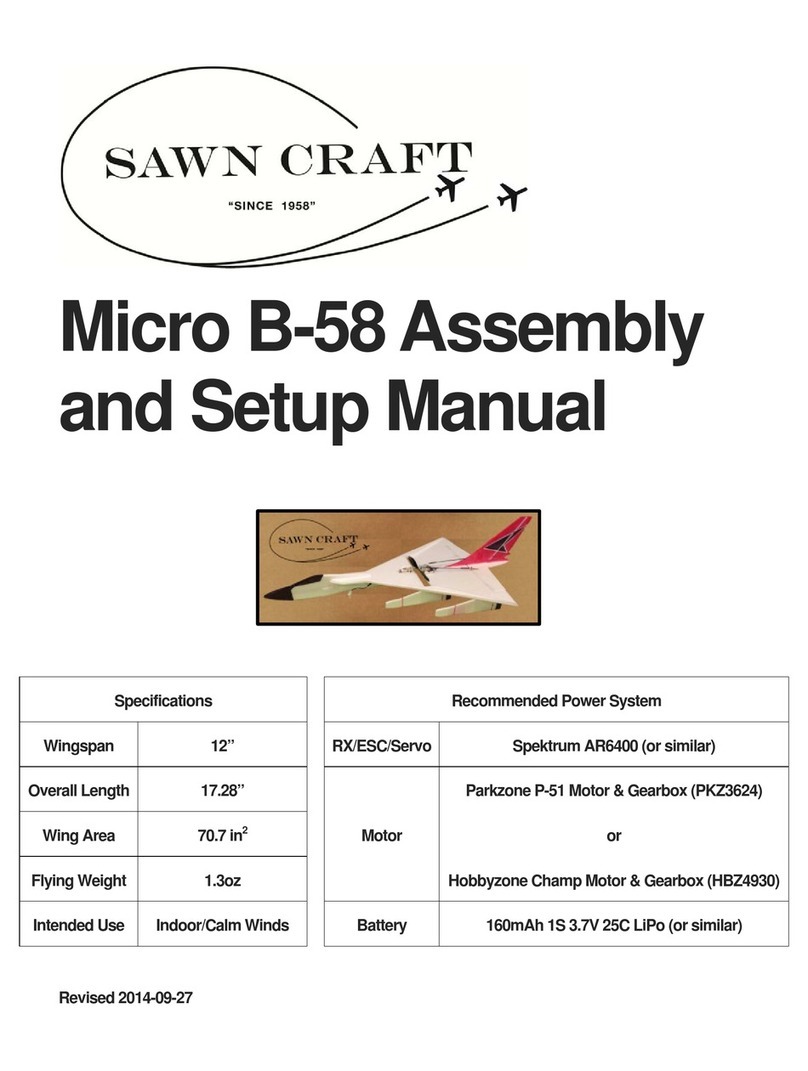
Sawn Craft
Sawn Craft Micro B-58 User guide
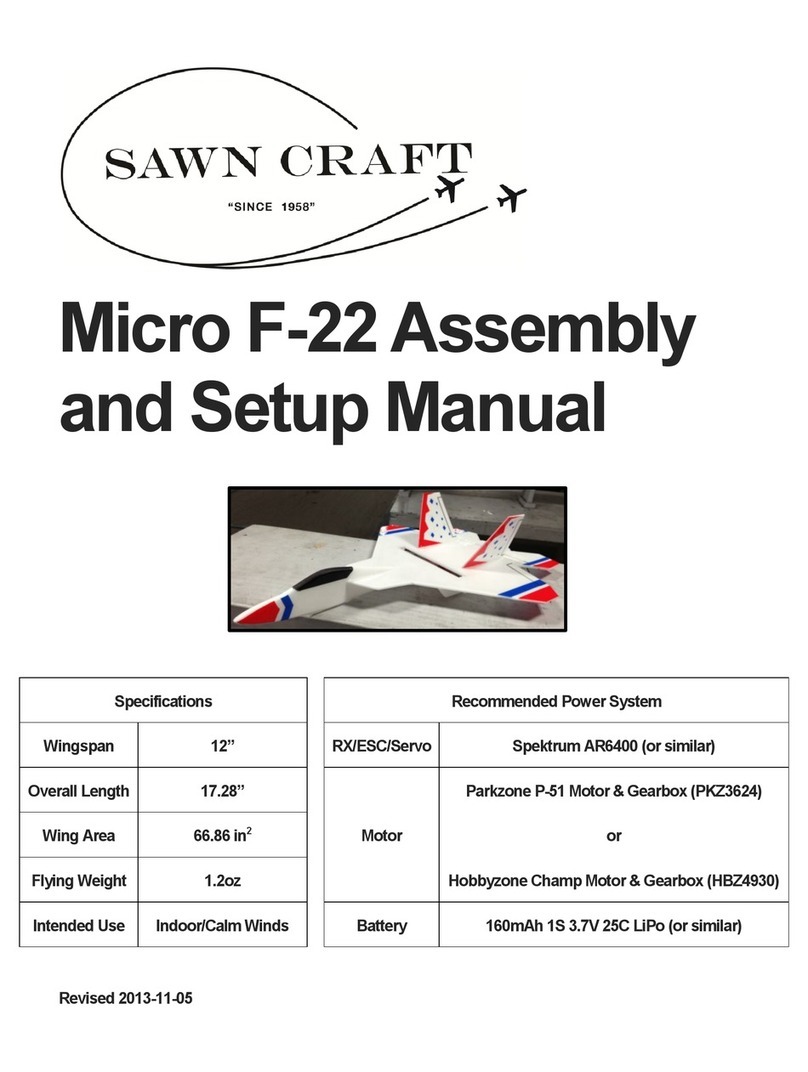
Sawn Craft
Sawn Craft Micro F-22 User guide
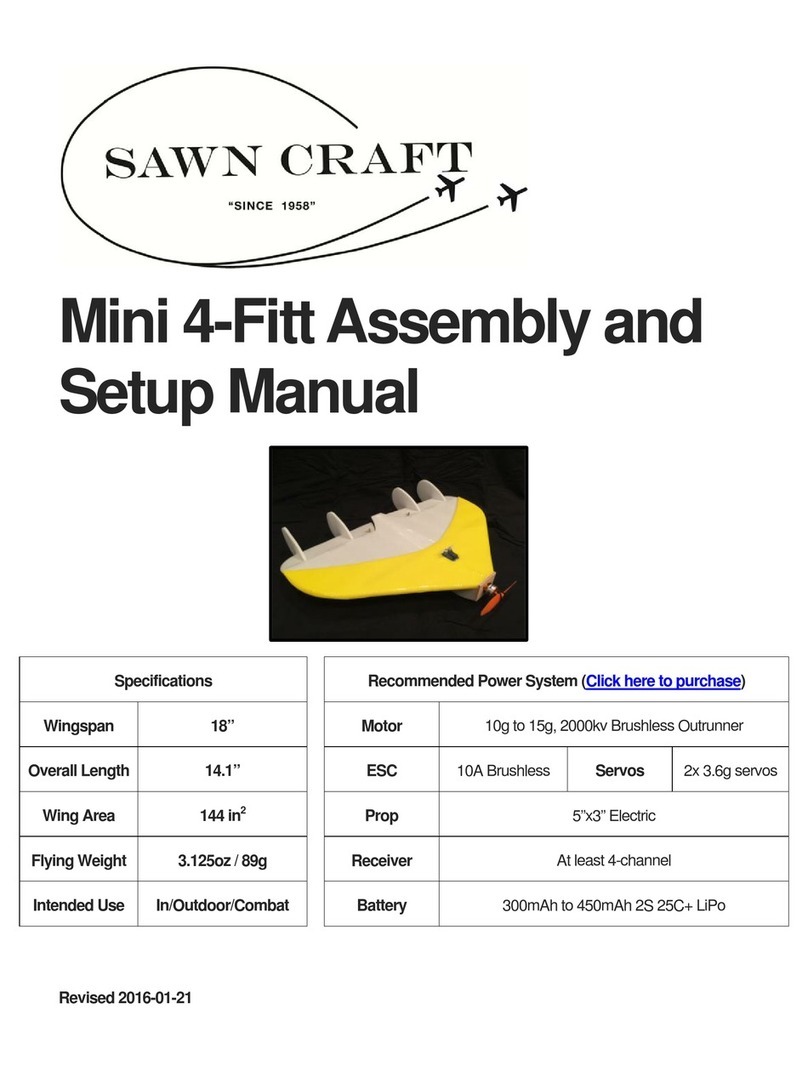
Sawn Craft
Sawn Craft Mini 4-Fitt User guide
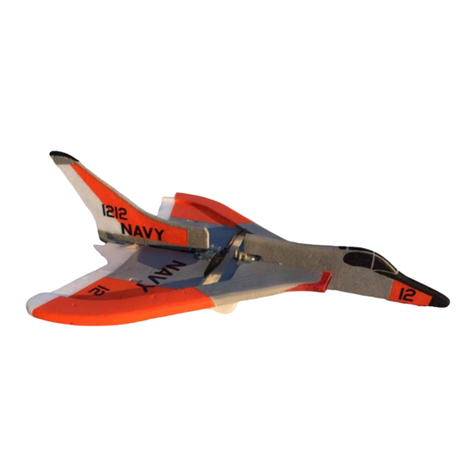
Sawn Craft
Sawn Craft Micro F-4D Skyray User guide

Sawn Craft
Sawn Craft Mana-Tee User guide
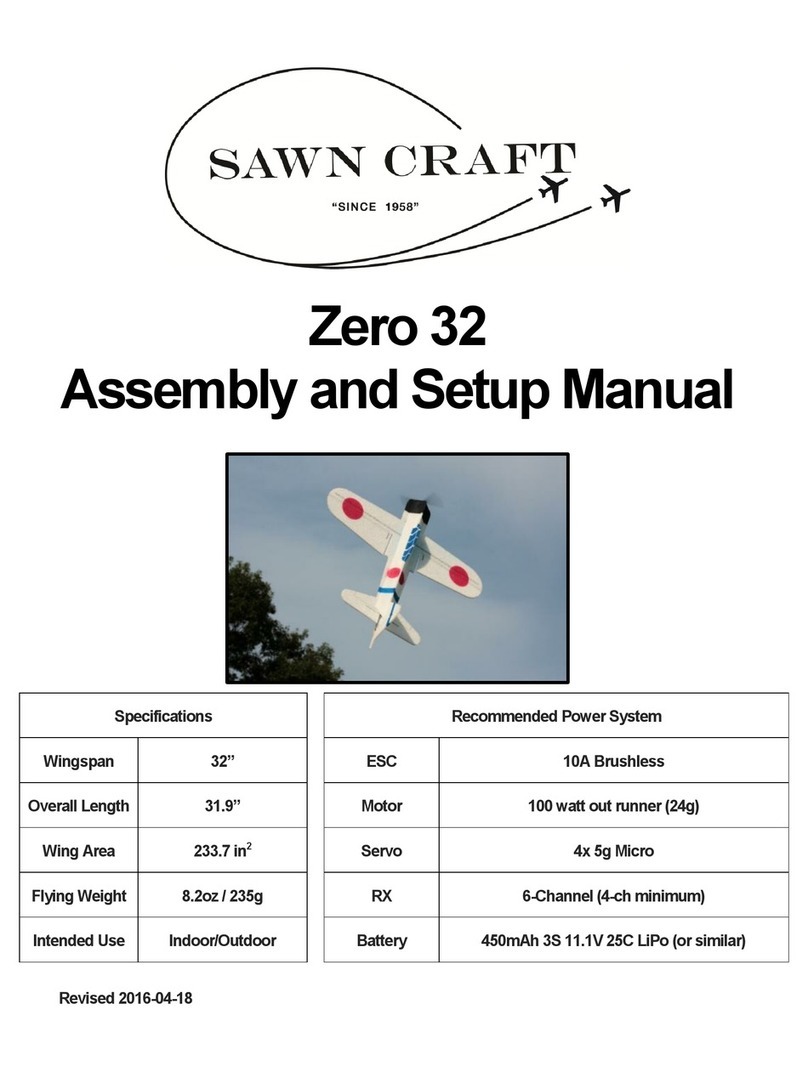
Sawn Craft
Sawn Craft Zero 32 User guide

Sawn Craft
Sawn Craft Cherokee 24 User guide
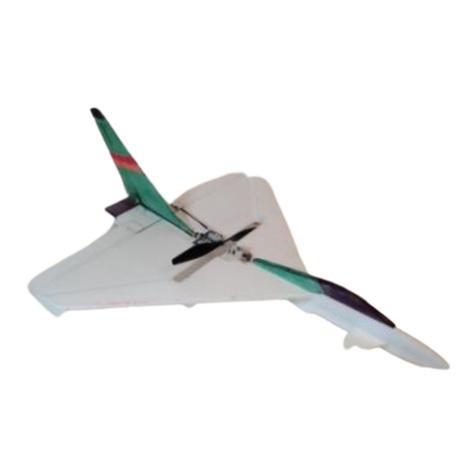
Sawn Craft
Sawn Craft Micro Eurofighter User guide
Popular Toy manuals by other brands

FUTABA
FUTABA GY470 instruction manual

LEGO
LEGO 41116 manual

Fisher-Price
Fisher-Price ColorMe Flowerz Bouquet Maker P9692 instruction sheet

Little Tikes
Little Tikes LITTLE HANDIWORKER 0920 Assembly instructions

Eduard
Eduard EF-2000 Two-seater exterior Assembly instructions

USA Trains
USA Trains EXTENDED VISION CABOOSE instructions





















